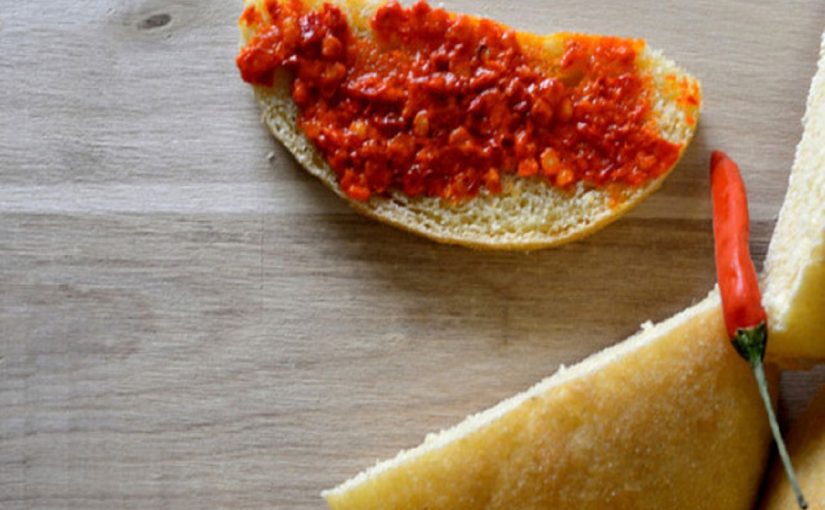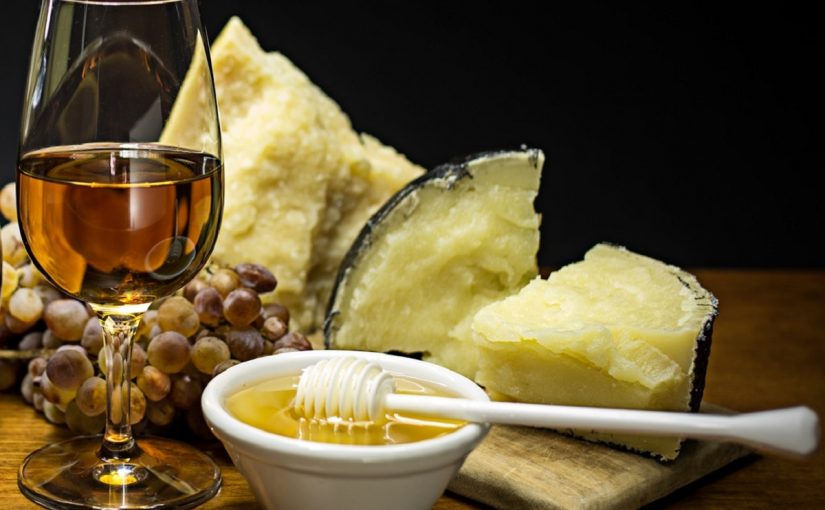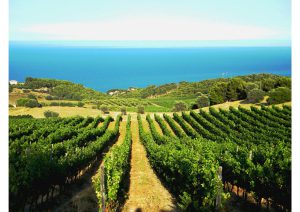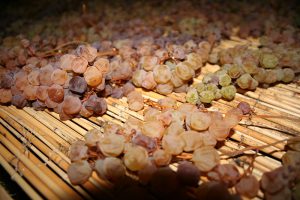9.3.2018
A fixed couple of excellent Calabrian foods is Tropea Red Onion, accompanied by the special “Sardella di Crucoli”.
The Consortium of Red Onions of Tropea Calabria has always been working to promote the development of Calabrian agriculture and the spread of these two foods, very often used in the cuisine of Calabria, every day.
Now widespread throughout Italy and Europe, the Tropea Onion has a particular amaranth red color, due to the presence of polyphenolic compounds belonging to the flavonoid family, which enrich its delicate and fragrant taste. The qualitative peculiarities of the Tropea onion come from its special genetic make-up and from the interaction with the environment: the characteristics of the soil, the proximity to the sea, the exposure to the sun, the temperature and the humidity contribute to define its uniqueness. Imported and cultivated in Calabria by the Phoenicians over four thousand years ago, the red onion is an asset of the Calabrian gastronomic tradition, today appreciated all over the world.
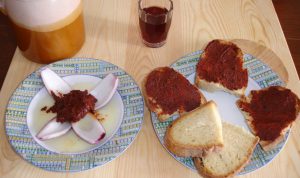
This fantastic onion is excellent if tasted together with that absolute excellence of Calabria which is the Sardella di Crucoli.
Crucoli is the country of choice for this unique product in the world. Considered the “Calabrian caviar” and typical of the province of Crotone, sardella is a sauce made with juveniles of sardines, red pepper, salt and wild fennel. Also called rosamarina or “nudicella”, the sardella is ideal if paired with Tropea onion, and according to some studies its origin dates back to ancient Rome, when the salt fish paste, called “Garum”, was a very common ingredient to season the dishes. The village with the most ancient traditions in the preparation of the sardella is Crucoli, in the province of Crotone: a special disciplinary describes its ancient recipe, so much so that the small town has obtained the Municipal Denomination of Origin.
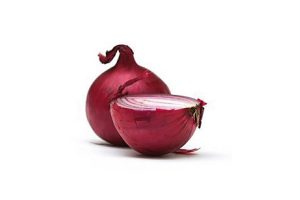
As said it is very similar to Garum, which was a fermented fish sauce used as a condiment in the cuisines of ancient Greece, Rome, and later Byzantium. It is possible to recognize such ancient recipe also in Pliny the Elder and Isidore of Seville; in both cases the Latin word garum derived from the Greek γαρός (garos), a food named by Aristophanes, Sophocles, and Aeschylus. Garos was a type of fish, or a fish sauce similar to garum. It would have been rich in protein, amino acids, minerals and B vitamins, and used (like the actual “Sardella di Crucoli”) to salt foods.
For these reasons, Calabria can be definitively considered as the true home of the Mediterranean Diet.

